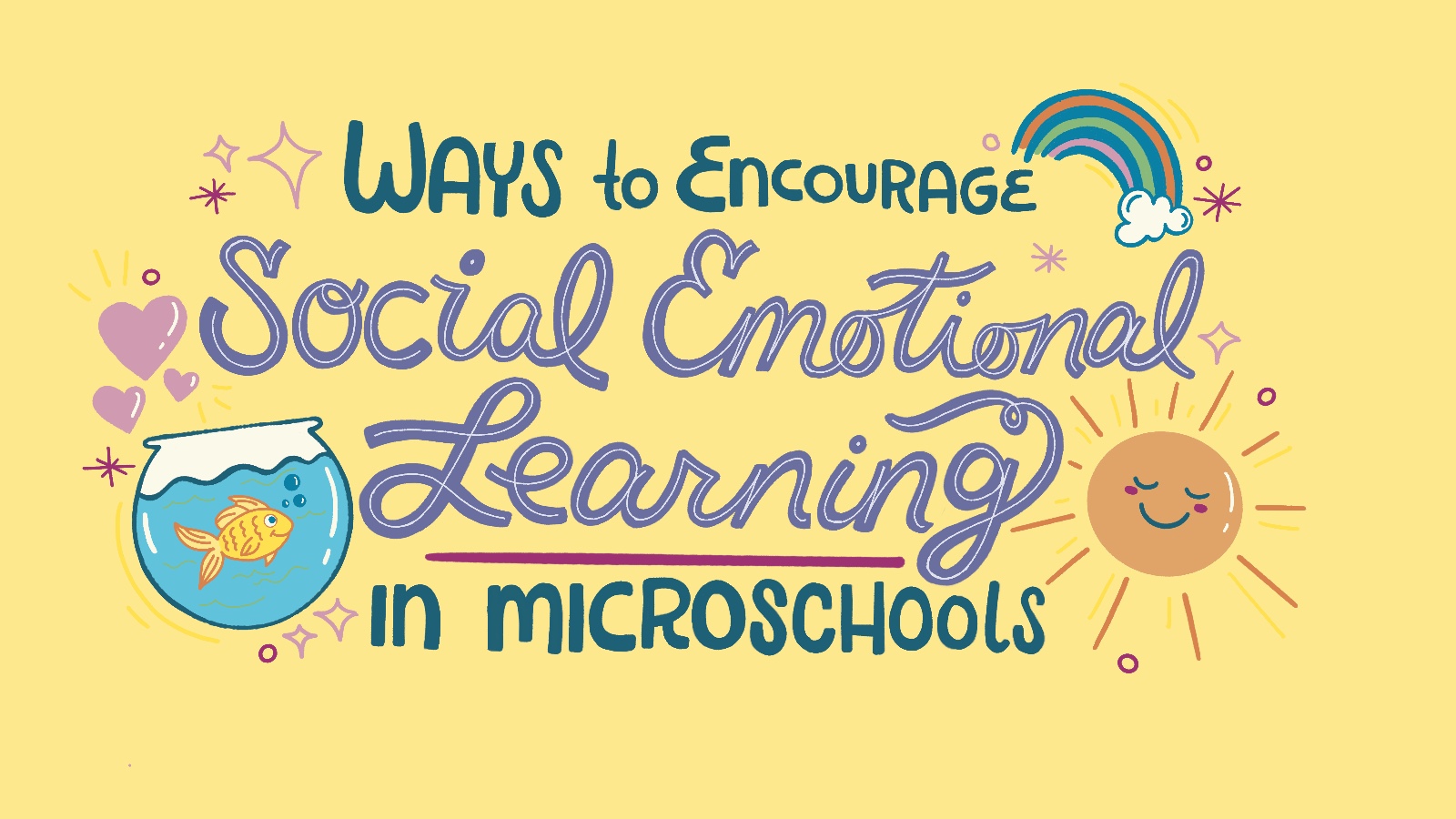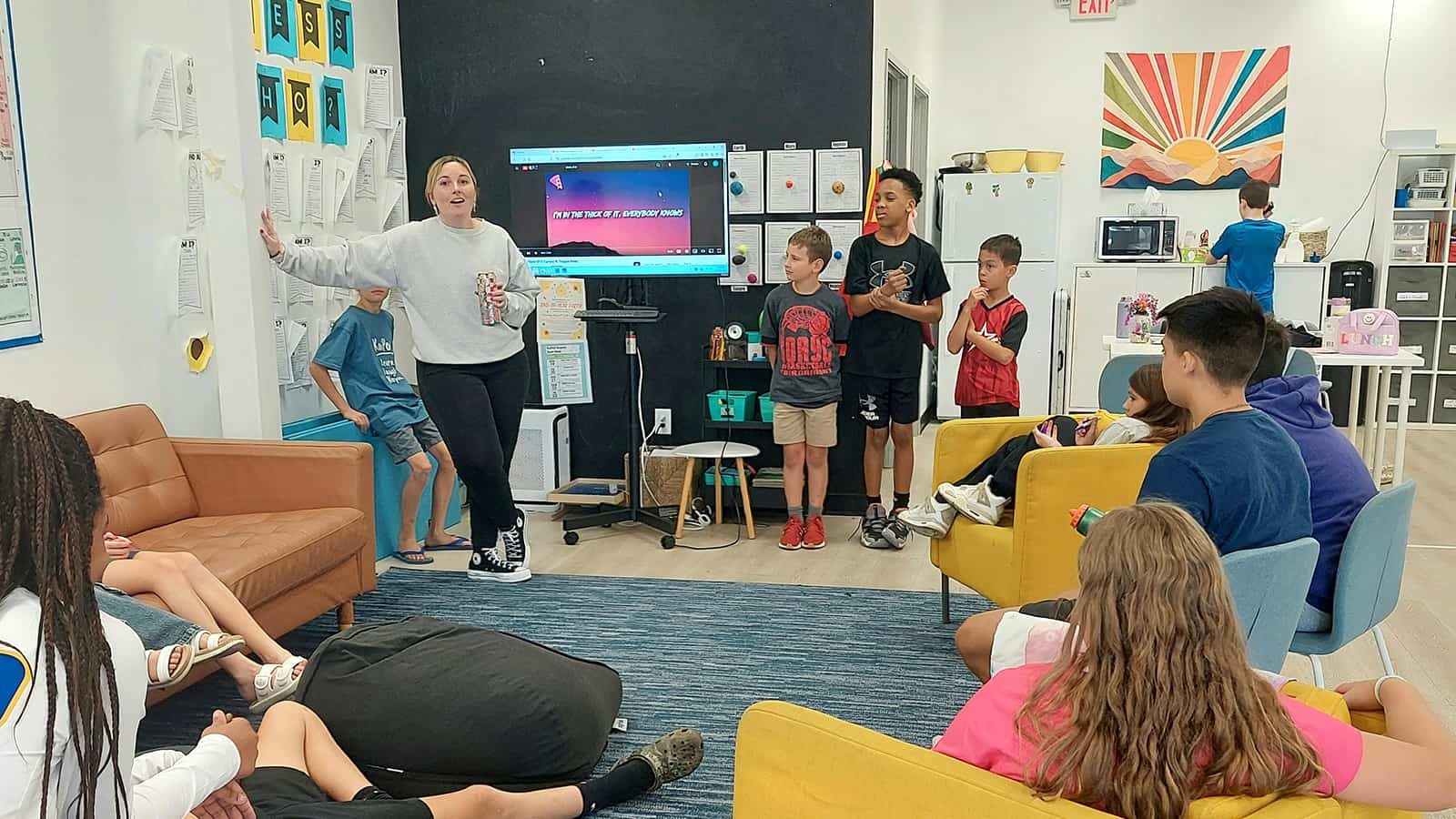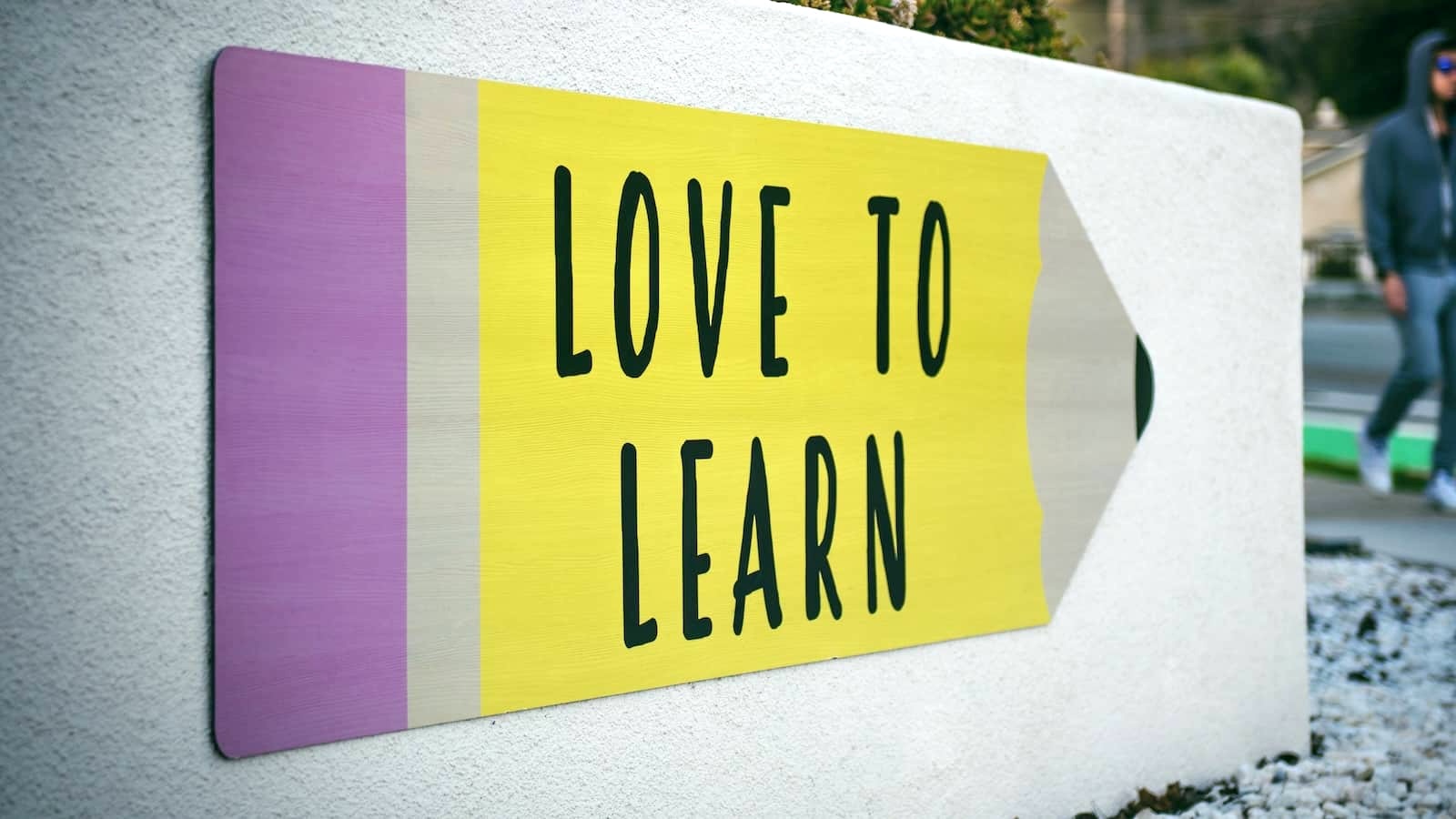Today’s educators are more aware than ever that academic learning is just one facet of a child’s development. Social emotional learning plays an important role too, and Microschools are especially well-positioned to make it a key part of their curriculum. Try these purposeful ideas for SEL in Microschools to help your students develop the social and emotional skills they need to thrive. Learn much more about social-emotional learning at CASEL.
What is social-emotional learning (SEL)?
Social-emotional learning, often just called SEL, refers to what we sometimes call “soft skills.” These can be interpersonal skills–sharing, cooperation, kindness–or intrapersonal skills like managing anger and regulating moods. The five core competencies and some of their associated skills are:
- Self-Awareness: Recognizing emotions, developing personal values, building self-confidence
- Self-Management: Managing emotions, self-motivation, impulse control
- Social Awareness: Empathy, social norms, ethics, respect for diversity
- Relationship Skills: Communication, listening, negotiating conflict
- Responsible Decision-Making: Critical thinking, evaluating consequences
Ideas for Social-Emotional Learning in Microschools
Because Microschools are small and customized, SEL for Microschools is a natural fit. Teachers have more time to guide individual behavior, tailoring their instruction to help students build SEL skills on a daily basis. Here are some clever ways to make social emotional learning an effective part of your Microschool culture.
SEL Curriculum
There are multiple curriculum programs out there designed by experts to help kids develop SEL skills. These programs provide meaningful activities and exercises for age-appropriate learning, building on skills over time as kids grow and mature. Use the CASEL Program Guide or Harvard University Explore SEL resources to find the best fit for your Microschool.
Morning Meetings
Many Microschools start things off each day with a general morning meeting of all students and staff. This is an opportunity to plan for the day ahead, discuss any concerns and issues, and spend time on SEL, team-building, and collaborative projects. These meetings teach students the importance of taking some time at the start of each day to think about what’s on deck, and consider their overall emotional and physical state. It’s a healthy habit that will benefit them for the rest of their lives.
Growth Mindset
Establish an overall sense of growth mindset (as opposed to a fixed mindset) at your Microschool right from the start. This means welcoming mistakes as chances to learn, and recognizing that steady improvement is more important than immediate mastery. Kids who have a growth mindset don’t say, “I can’t do this.” Instead, they say, “I can’t do this … yet.” Explore the idea of growth mindset with the educator who pioneered the concept, Carol Dweck.
Mindfulness Practice
In recent years, more and more people have embraced mindfulness: the practice of focusing fully on ourselves and our environment in the present moment. Mindfulness provides ways to recognize, manage, regulate, and accept your physical and emotional state. Scientists have found that mindfulness practices truly do improve quality of life, so they’re an excellent way to incorporate SEL in your Microschool. Make time in your school day for mindful activities like breathing exercises, body scans, meditation, and even yoga.
Journaling
Encourage introspection with personal journals for each student. Offer writing prompts to help kids consider important questions, or just allow them to record what they’re thinking and feeling that day. Remember that journaling isn’t just about writing; drawing and sketching are easier for some students, and work just as well to support SEL and mental health.
Daily Affirmations
Positive words feed positive thoughts. Share a new affirmation or inspirational quote with your students each day. They can write it in their journals, discuss it as a class, or even make posters illustrating their favorites.
Zones of Regulation
This framework uses colors to help kids identify and manage emotions big and small. They learn to recognize and evaluate their emotions, assigning them to one of these categories:
- Blue: Tired, sad, bored, or unmotivated
- Green: Calm, happy, focused, and alert
- Yellow: Stress, frustration, excitement, or anxiety
- Red: Anger, fear, rage, euphoria
Green is the ideal state in most situations, especially for learning. Students identify their current “color,” consider how it affects themselves and others, and learn strategies to move between zones as needed. Discover more about the zones of regulation here.
Calm Down Corner
Also called a “Safe Space,” these are specific areas set aside to allow kids time on their own to manage emotions or practice mindfulness as needed. A Calm Down Corner usually has comfortable seating, quiet lighting, and tools like fidget toys, calming music or videos, and SEL games or activities.
Habit and Goal Tracking
Encourage responsible decision-making by teaching kids to set reasonable goals and track their progress. Use tools like personal behavior charts or habit tracker pages in journals, and meet with students one-on-one to talk about their achievements and setbacks.
Classroom Jobs
Nothing builds a sense of responsibility and self-confidence like classroom jobs! Students love having their own assigned tasks, and take great pride in doing them well. Be sure to rotate your jobs so all students have a chance to try something new, and actively look for ways to let kids take on responsibilities throughout your school day.
Choice Boards
Choice boards give kids a variety of options in place of a single assignment. For instance, instead of a standard book report, students might choose from activities like posting a review on Goodreads, acting out a scene for the class, creating their own graphic novel version, or making a commercial for the book. Choosing the right option provides the chance to apply decision-making skills, as kids consider which choices are the right fit for their skills and talents.
Service Learning
Through service learning in their community, kids can learn empathy and other SEL skills as well as academic concepts. For instance, students might spend an afternoon volunteering at a food pantry. Here, they practice math skills through taking inventory and learn more about nutritional needs. They also discover the importance of kindness, giving back, and helping others. Work with organizations in your community to find service learning volunteer opportunities for your students.
Project-Based Learning
In project-based learning (PBL), students work to solve a problem or issue facing their community. This involves a great deal of ingenuity, critical thinking, cooperation, and communication. Some examples of project-based learning might be starting a community garden, setting up a tutoring program for underserved students, or establishing a school-wide recycling program. PBLWorks has lots of information on project-based learning.
Collaborative Projects
Any type of group work is terrific for sharpening interpersonal and communication skills, but bigger projects can be especially beneficial. Microschools are ideal environments for these types of projects, since a small overall population means a bigger percentage of your student body can get involved.
Some ideas: collaborative art projects like murals, running school newspapers or podcasts, putting on class plays, publishing an illustrated book, or setting up a school store.
Class Pet
Ready for a real group effort that truly builds responsibility? Get a class pet! Make it a whole-class project right from the start by doing some research into options, holding a vote to determine what you’ll get, raising the money together, and figuring out who will care for it on weekends and over school breaks. One especially cool option that’s also a service learning project: raising and training service dogs.
Bucket Fillers
Read the book Have You Filled a Bucket Today?, then give kids their own small buckets to fill with positive thoughts and support. Teach them to avoid “bucket dippers,” and help fill each other’s buckets (and their own) every day.
Classroom Games
Playing games teaches cooperation and healthy competition, as well as what it takes to be a gracious winner or good loser. Kids also practice decision-making, critical thinking, strategizing, and other key social-emotional learning concepts. Find a list of our favorite games for the Microschool classroom here.
Team-Building Exercises
In Microschools, small class sizes often mean a stronger sense of friendship and familiarity. Boost those feelings with team-building exercises that encourage students to work together and develop trust and communication abilities. Try activities like escape rooms, scavenger hunts, STEM challenges, survival scenarios, or classic team games like human knot.
Debates
One of the most challenging SEL skills is learning to respect other people’s opinions while defending your own. It requires critical thinking, tact, self-confidence, and strong verbal communication. Start by holding debates on silly topics like the best pizza topping, or the famous “Is a hot dog a sandwich?” As kids get older, debate more complex topics, and don’t forget to challenge students by asking them to defend an opinion they don’t necessarily agree with.
SEL Progress Reports
Include social emotional learning on your progress reports and encourage students to self-evaluate too. Set goals together for future improvement and celebrate successes wherever you find them.


